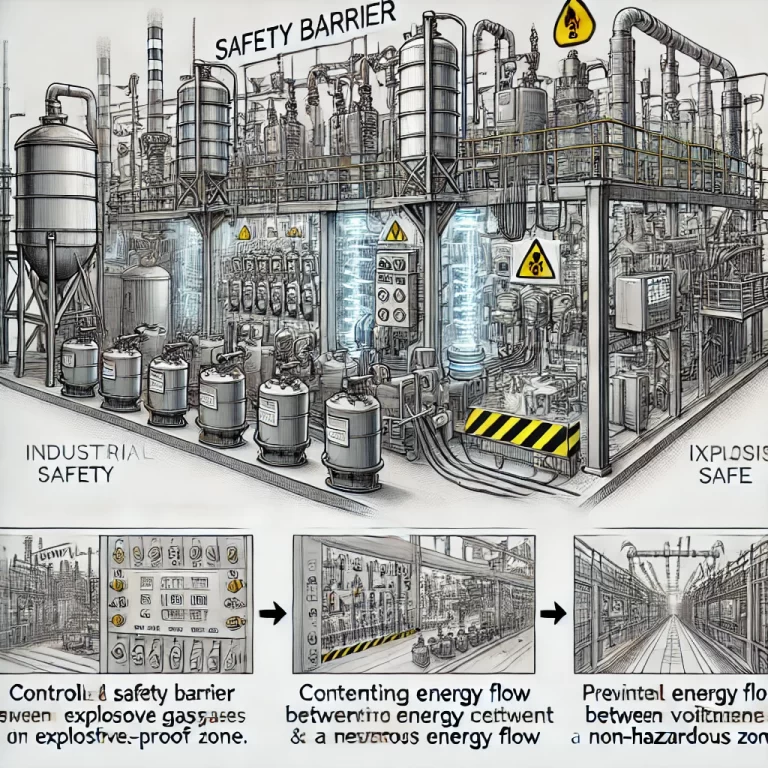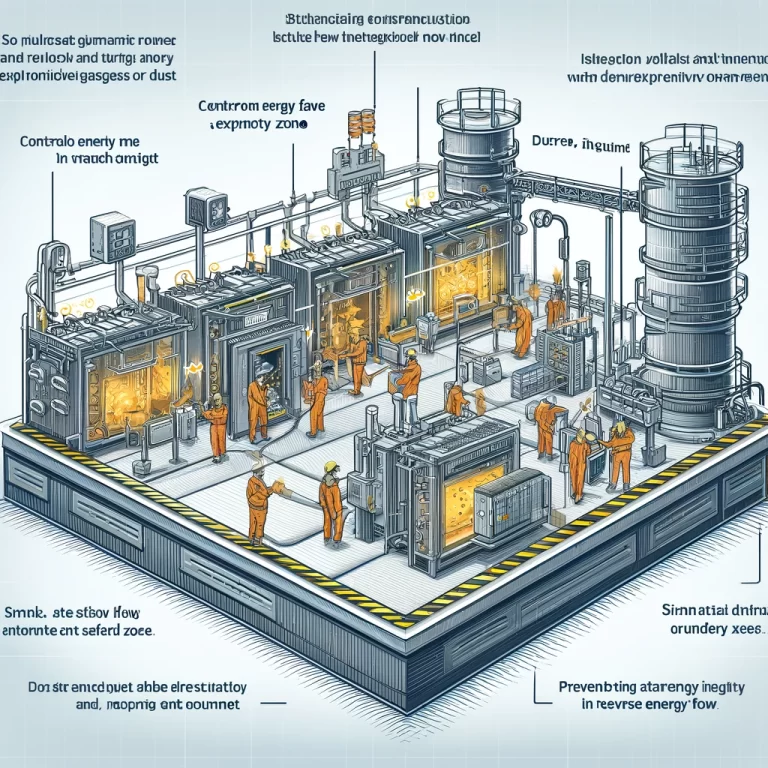Safety barriers play a crucial role in intrinsically safe (IS) explosion-proof instruments, particularly in hazardous environments where explosive gases or dust are present. Their primary function is to limit the electrical energy that flows into potentially dangerous areas, preventing any energy transfer that could ignite a hazardous atmosphere. Below are the key roles of safety barriers in these systems:

1. Energy Limitation
One of the main functions of a safety barrier is to limit the voltage and current levels. Even in the event of a malfunction or failure in the system, the energy passing through the barrier is controlled and reduced to a level that is insufficient to ignite any explosive gases or dust present in the hazardous area.
2. Signal and Circuit Isolation
Safety barriers are used to isolate circuits between the hazardous (intrinsically safe) area and the non-hazardous area. This ensures that no unsafe energy is transmitted from one area to the other while still allowing the necessary signals to pass through. This isolation is vital in maintaining the safety of equipment and personnel in explosive environments.

3. Prevention of Reverse Energy Flow
Certain safety barriers are designed to prevent energy from flowing back from the non-hazardous area into the hazardous zone. This ensures that, in the event of a fault or failure, no dangerous energy enters the hazardous area from the non-hazardous side, further reducing the risk of ignition.
4. Maintaining Signal Integrity
In addition to ensuring safety, safety barriers allow for the normal transmission of signals between equipment. This means that control and monitoring systems can continue to function effectively without compromising safety, enabling efficient operation even in hazardous areas.

Conclusion
In summary, safety barriers are an essential component of intrinsically safe explosion-proof instruments. They ensure that hazardous areas remain safe by limiting energy transfer, isolating circuits, preventing reverse energy flow, and maintaining signal integrity. These barriers play a vital role in preventing explosions and ensuring the safe operation of equipment in environments where explosive gases or dust may be present.
